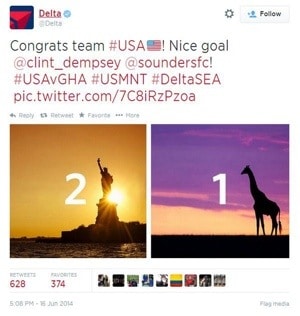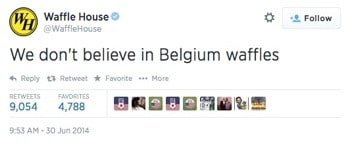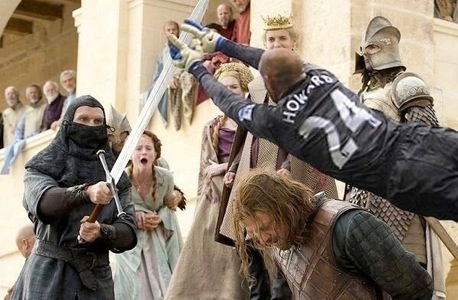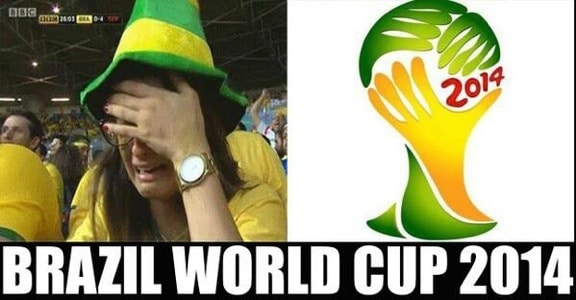As we reach the end of the World Cup, I figured it would be a good time to look back at the social media impact of the games, as I did four years ago.
Certainly, in the world of social media, a lot changes in four years. In 2010, Twitter was pre-IPO, pre-advertising and still largely seen as a platform for news professionals and social media douchebags to network and communicate with each other, rather than a real-time news and information platform. Since that time, Twitter’s demographic has gotten significantly younger and brands/media organizations have gained more awareness of Twitter’s culturally diverse audiences.
Notice that I didn’t say that Twitter became more diverse; as I have said several times in the past few years, Twitter diverse audiences have existed under the radar for years, only now since the outing of “black Twitter” have we started to see an acknowledgement from the media and ad agencies that the audiences here are not solely comprised of white male tech/marketing types or mom bloggers in the U.S..
But I digress. We’ve only had two proper experiences with the World Cup and social media communications platforms. While 2010 offered a taste of what was to come (Twitter was long ahead of the game on appealing to its global fanbase, with its flag hashtags.) this time around we saw the full impact of real time social media communications, we saw more Tweet volume around the World Cup and a lot more brand bandwagon jumping from companies, sometimes with face-palm inspiring results.
Yeah Delta, I’m talking about you. The U.S. Ghana game saw the first example of the folly of social media news-jacking, when Delta decided to use a giraffe as Ghana’s avatar (as opposed to the U.S.’s Lady Liberty) even though there are no actual giraffes in Ghana. Delta quickly apologized but by then it was too little, too late.
On the other hand, with the impressive showing of the U.S. this year, we certainly did not see a repeat of 2010’s borderline xenophobic response to World Cup Twitter activity from the U.S. In fact, U.S. fans (and brands) were pretty quick to showboat, as the team moved forward into the Round of 16. (This time I’m talking to you, Waffle House, and your “ban belgian waffles” tweet.)
After goalkeeper Tim Howard’s historic performance against Belgium led to one of the most memorable memes of the year, #thingstimhowardcouldsave. (Man, has it been a great year for clever memes!)
Then, on the other end of the spectrum, Brazil’s crushing 7-1 loss to Germany in the semi-finals, led to some pretty lolsob worthy memes of their own and a record breaking volume of Twitter activity.
Twitter comes out a clear winner at the end of this championship, however. They built from the momentum of 2010 by continuing the flag hashtags but also creating a Twitter guide to the games (players, official accounts, news orgs, etc.) and an enhanced experience for following game hashtags. As a company, Twitter has stepped up their efforts in their bid to become a source for real time news and information, and at least for me it worked. I learned about Muntari and Boateng’s ejection from Ghana and was updated about Neymar’s injury from Twitter first. With this impressive showing could we see Twitter emerge as a legitimate real time breaking information source for non-sports news in the near future? Possibly. Even so, it’s been interesting to see how far cross-cultural conversation has come in such a short time. Who knows what awaits for 2018!






Moreover, I’m hoping we get the same good Twitter features for the 2015 Women’s World Cup next year, especially since the U.S. women are such powerhouses. If we get anything like last time’s championship game (between Japan and the U.S.) – which I wasn’t following on Twitter, at least not that I recall – it can be a real social media event.